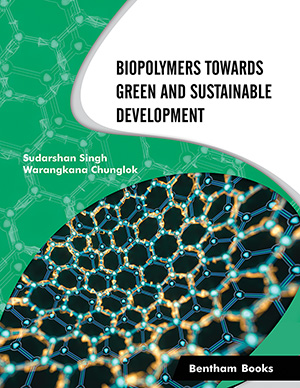Abstract
SHS investigation development is considered from the geographical and historical viewpoint. 3 stages are described. Within Stage 1 the work was carried out in the Department of the Institute of Chemical Physics in Chernogolovka where the scientific discovery had been made. At Stage 2 the interest to SHS arose in different cities and towns of the former USSR. Within Stage 3 SHS entered the international scene. Now SHS processes and products are being studied in more than 50 countries.
Abstract
Synthetic polymers have been thriving in global industries over the past few decades due to their malleability, resilience, and economic value. But leaching of additives such as bisphenol-A, polybrominated diphenyl ether, and phthalates used in the manufacturing of polymeric products has raised serious concerns. However, the growing interest and investment in the development of biodegradable polymers could be a vital step toward reducing the impact of non-degradable polymers on the environment. Moreover, a combination of petroleum products with biopolymers can be a turning point for gradually replacing synthetic polymers to address or resolve these problems. In addition, a possible reduction in plastic polymer usage and manufacturing of products with materials that are less aggressive towards the environment can also reduce the impact of plastic on nature. Nature-derived biopolymers possess an enormous advantage over synthetic polymeric materials through cost-effectiveness, eco-, and user-friendly materials. Furthermore, the advanced applications of biopolymers in medical, tissue engineering, food industry, and fabrication of biotechnological products suggest that biopolymers are a boon for nature over synthetic polymers. This chapter discusses the advantage of biopolymers over synthetic polymers considering socioeconomic, human health, and environmental aspects. Additionally, the impact of petroleum-based polymeric materials on the environment compared to biodegradable polymers has been taken into consideration. The discussion is further extended to life cycle assessment, regulation, valorization, and utilization of polymer derived from waste with their potential use as inactive materials.
Keywords:
Bio-based polymer, Environment, Life cycle assessment, Natural polymer, Valorization of waste.
We recommend

Authors:Bentham Science Books






